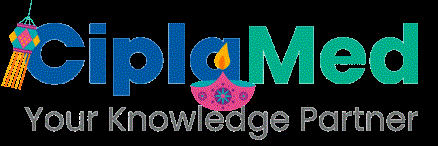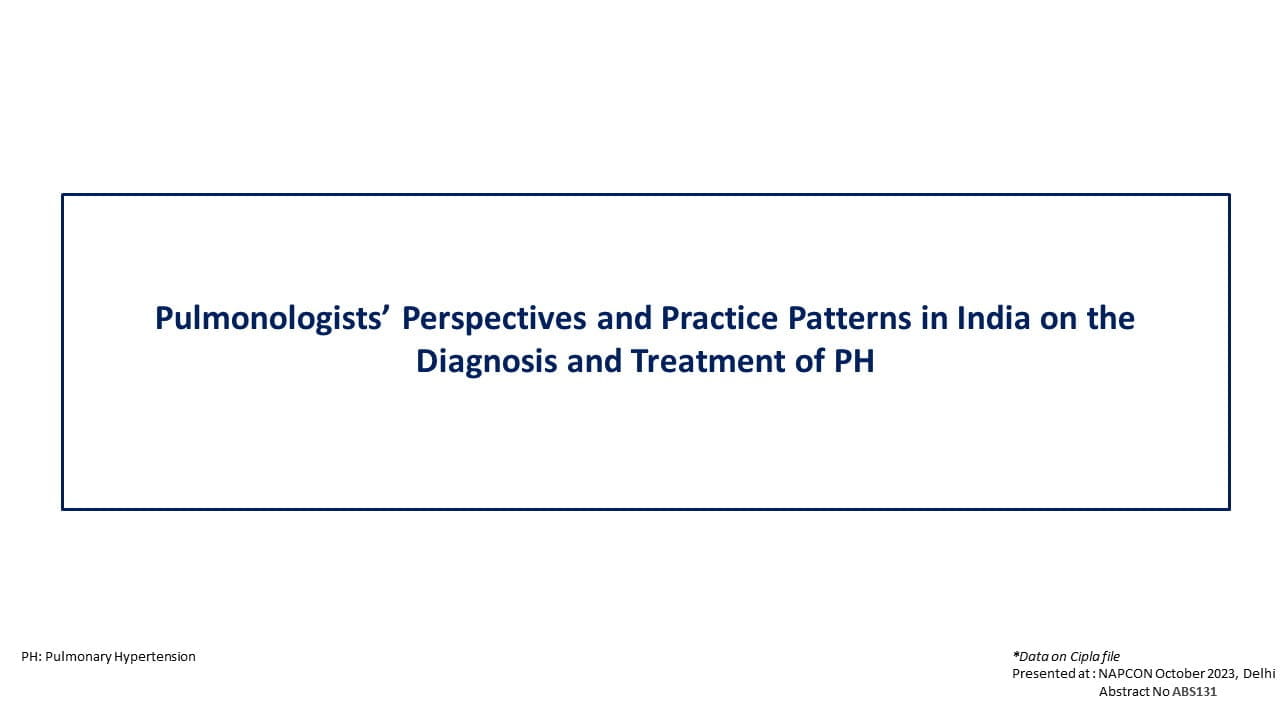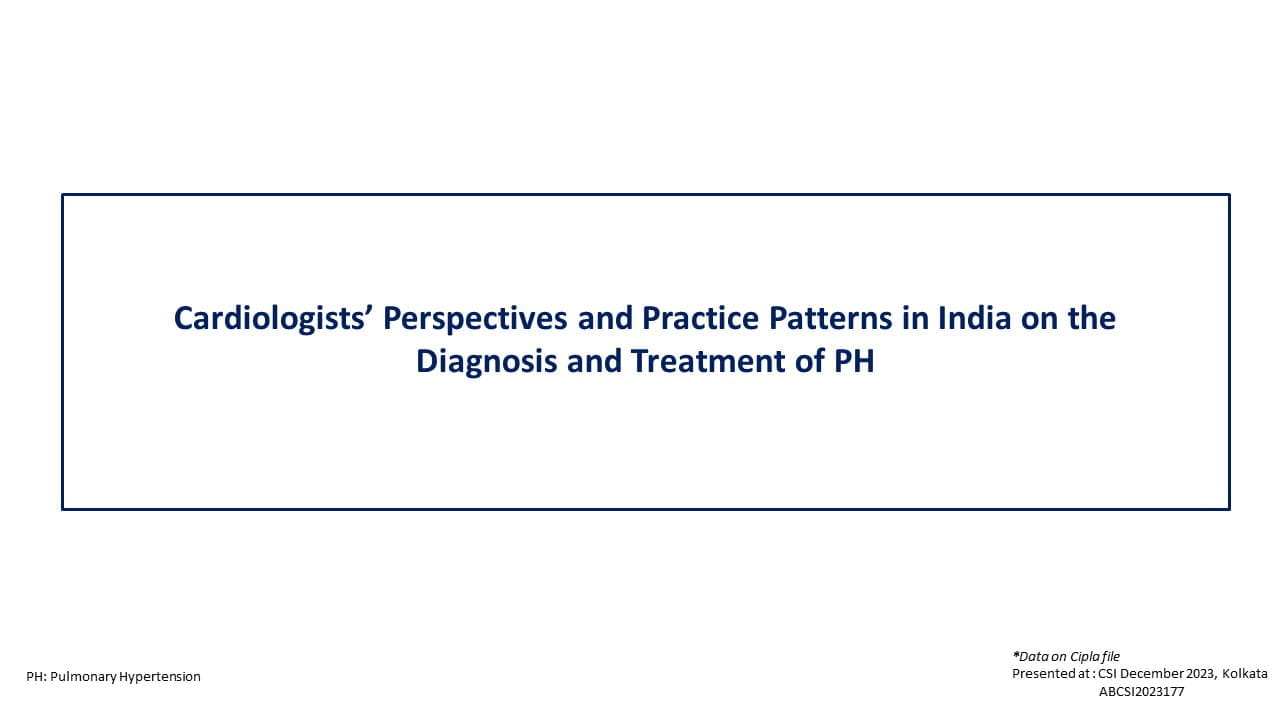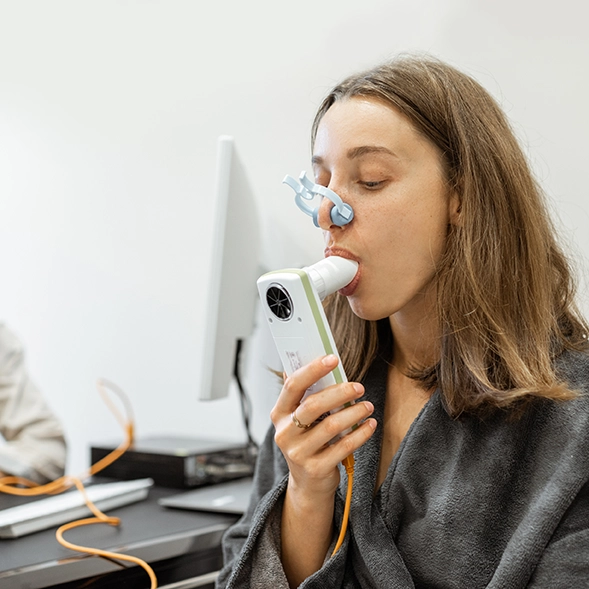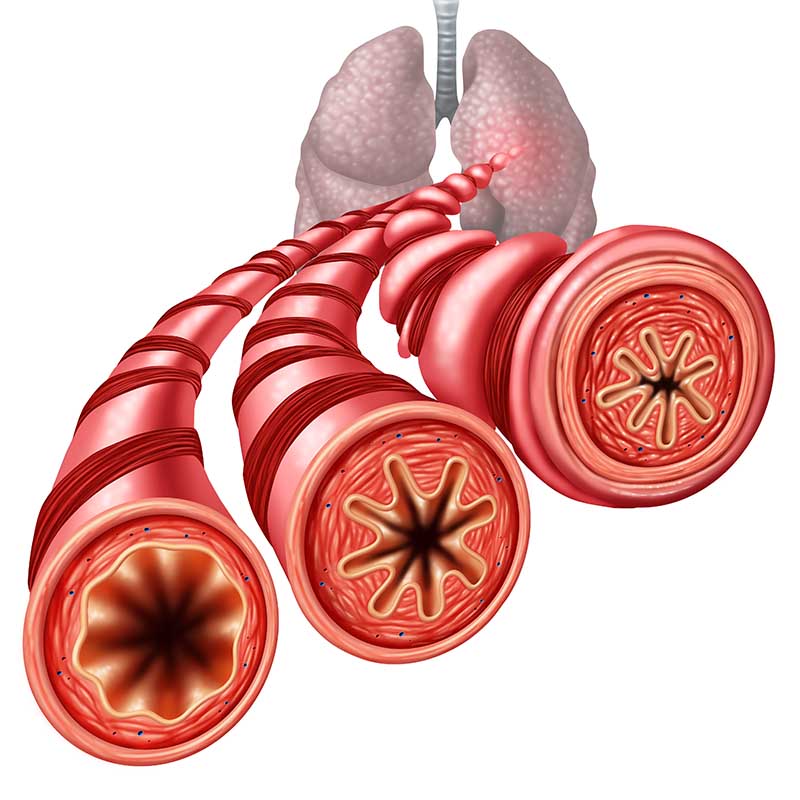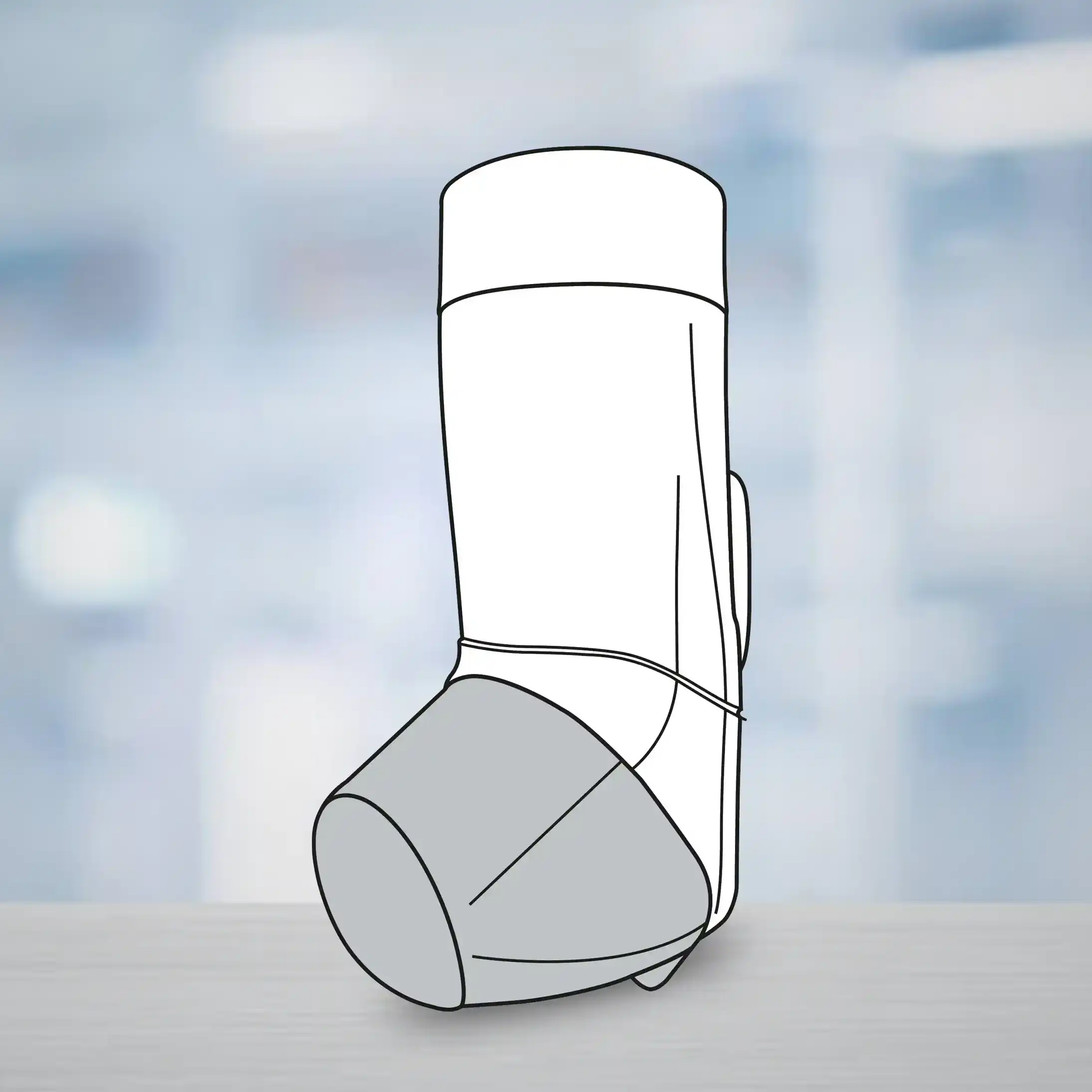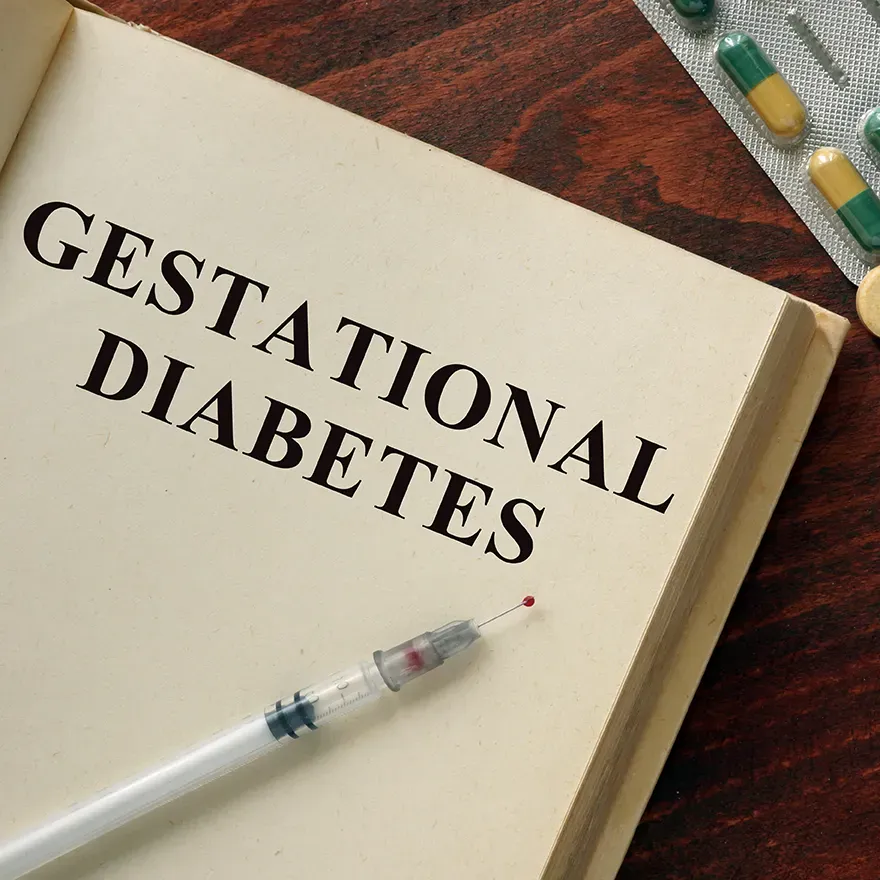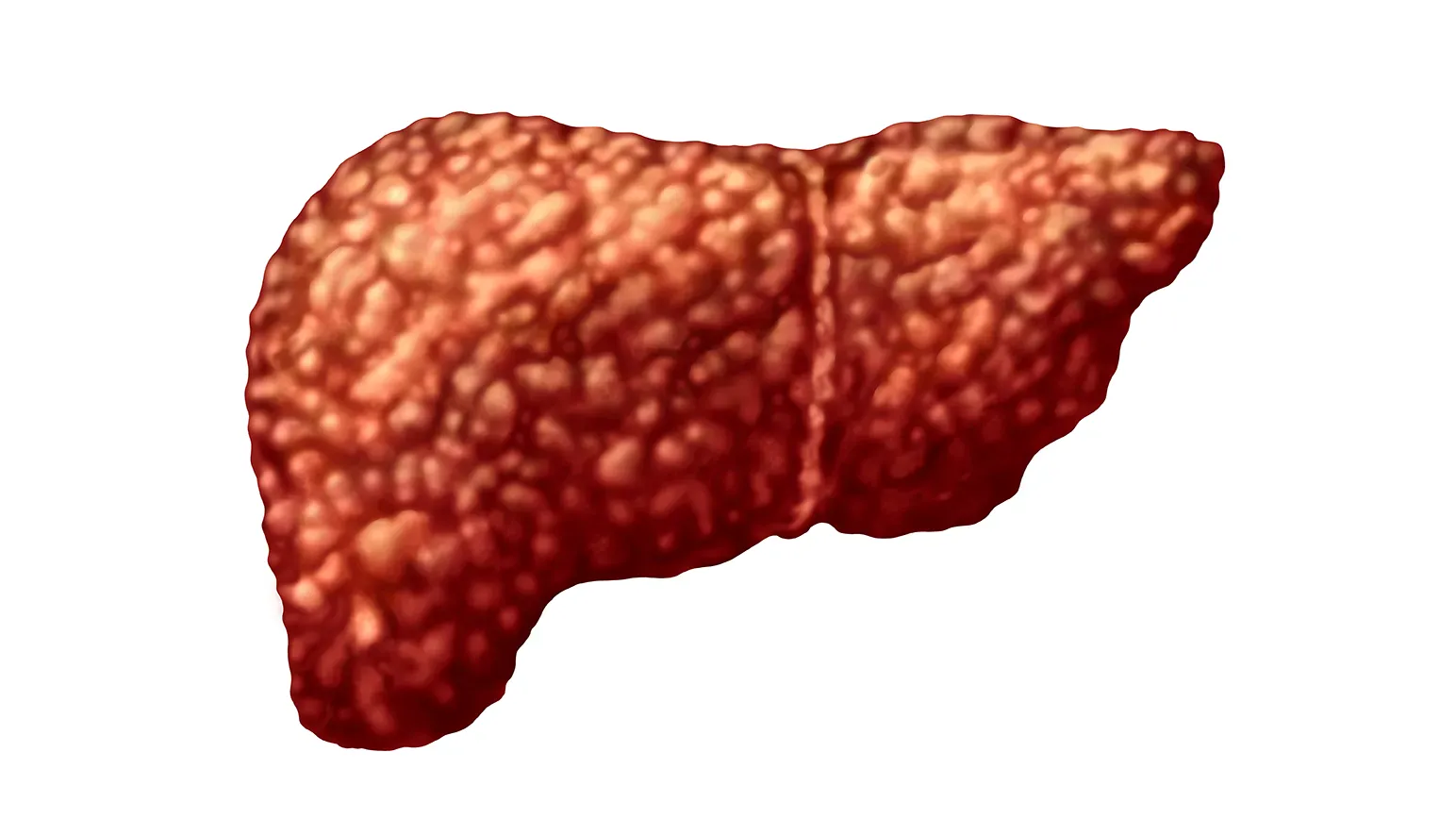Optimization of Evidence-Based HF Medications Post-AHF Admission: Insights from the STRONG-HF Trial
Introduction
The recently conducted “STRONG-HF” (The Safety, Tolerability, and Efficacy of Rapid Optimization, Helped by N-Terminal Pro–Brain Natriuretic Peptide Testing of Heart Failure Therapies) trial demonstrated that optimization of guideline-directed medical therapy (GDMT) along with a close follow-up after hospitalization for acute heart failure (AHF) safely reduced the risk of 180-days all-cause death or HF readmission. Nevertheless, not all patients in the trial received 100% of GDMT at week 2 and at discharge.
Aim
To ascertain the association between level of up-titration of GDMT achieved and the outcomes in the study participants.
Patient Profile
- Hemodynamically stable patients with AHF, with any left ventricular ejection fraction (LVEF) (n=1078).
- The study participants had an elevated N-terminal-pro brain natriuretic peptide (NT-proBNP) level (>1500 pg/mL) and had not received treatment with optimal doses of oral HF therapies at 1 week before admission, at screening, and just before randomization.
Methods
Study Design
- A post hoc secondary analysis of the STRONG-HF trial.
- STRONG-HF was a randomized, international, multicentre clinical trial.
Treatment Strategy
- Patients were randomized 1:1 to receive either high intensity care [HIC: early up-titration of oral HF medications including β-blockers (BBs), renin-angiotensin receptor system inhibitors (RASis), and mineralocorticoid receptor antagonists (MRAs); n=542] vs. usual care (UC; n=535).
- Patients assigned to HIC had follow-up visits at 1, 2, 3, and 6 weeks after randomization, followed by a visit at 90 days. At randomization, the medications were up-titrated to one-half the optimal doses, at week 2, the dosage was up-titrated safely to full optimal doses.
- Based on the dosage, patients were classified into 3 dose categories: low (<50%), medium (≥50% to <90%), and high (≥90%).
Outcomes
Primary Outcome
- The composite of first HF rehospitalization or all-cause death at day 180
Secondary Outcome
- The EQ-5D visual analog scale (EQ-VAS; for quality-of-life assessment) score from baseline to day 90
- Incidence of all-cause death at 180 days
- The composite of first HF rehospitalization or all-cause death at day 90.
Results
- The final analysis included 515 patients assigned to HIC, and 501 patients assigned to UC.
- At 2 weeks, 39 patients (7.6%) achieved low doses, 254 patients (49.3%) achieved medium doses, and 222 patients (43.1%) achieved high doses in the HIC group. Patients with lower blood pressure and greater congestion were less likely to be up-titrated to optimal GDMT doses at week 2.
- Patients in the higher dose category of HIC had a lower risk of composite outcome, 180-day HF readmission or all-cause mortality, vs. the lower dose category (Table 1).
- As per a continuous time-dependent covariate analysis, a 10% increase in the average percentage optimal dose was associated with an 11% reduction in 180-day HF readmission or all-cause death (Table 1).
- The association between GDMT doses and morality was also on similar lines in HIC group only, with patients in the medium-dose group and high-dose group having lower risk of mortality vs. those in the low-dose group. The risk of mortality in HIC groups was also lower when the data was compared for all patients (Table 1).
- In a continuous time-dependent covariate analysis, each 10% increase in the average percentage optimal-dose was associated with a 16% reduction in 180-day all-cause mortality in the HIC group only and 19% reduction in all participants (Table 1).
Table 1: Hazard ratio for the key outcomes during the study period
|
Outcomes in patients in HIC group |
Adjusted HR (95% CI) |
P value |
|
All-cause death or heart failure readmission by day 180 |
||
|
Average dose <50% |
1 (Ref) |
|
|
Average dose 50-<90% |
0.96 (0.46-1.96) |
0.11 |
|
Average dose ≥90% |
0.53 (0.23-1.21) |
|
|
Continuous dose (HR per increment of 10%) |
0.89 (0.81-0.98) |
0.01 |
|
All-cause death by day 180 |
||
|
Average dose <50% |
1 (Ref) |
|
|
Average dose 50-<90% |
0.64 (0.27-1.54) |
0.06 |
|
Average dose ≥90% |
0.28 (0.10-0.83) |
|
|
Continuous dose (HR per increment of 10%) |
0.84 (0.73-0.95) |
0.007 |
|
Outcomes: All Patients |
||
|
All-cause death or heart failure readmission by day 180 |
||
|
Average dose <50% |
1 (Ref) |
|
|
Average dose 50-<90% |
0.81 (0.60-1.11) |
0.003 |
|
Average dose ≥90% |
0.41 (0.25-0.68) |
|
|
Continuous dose (HR per increment of 10%) |
0.90 (0.85-0.95) |
<0.001 |
|
All-cause death by day 180 |
||
|
Average dose <50% |
1 (Ref) |
|
|
Average dose 50-<90% |
0.86 (0.54-1.35) |
0.05 |
|
Average dose ≥90% |
0.39 (0.18-0.84) |
|
|
Continuous dose (HR per increment of 10%) |
0.91 (0.84-0.98) |
0.02 |
- Patients treated with higher doses of GDMT (vs. lower dose) had a greater improvement in quality of life at 90 days (EQ-5D VAS; mean difference: medium-dose; 0.10; 95%CI, −4.88 to 5.07 points, high-dose; 3.13; 95%CI, −1.98 to 8.24 points, p = 0.07).
- As per a multivariable analysis, amongst patients in the HIC group, higher baseline systolic blood pressure, lower New York Heart Association class 1 month before and at randomization, history of diabetes, history of HF, nonischemic HF etiology, lower urea level, a lack of edema, and jugular venous pressure less than 6 cm at pre-randomization were associated with higher average dose of GDMT at week 2.
- The incidence of AEs was lower among the HIC group patients who received the highest dose of GDMT at week 2.
Conclusions
- The post hoc analysis of the STRONG-HF trial demonstrated that, among most of the AHF patients receiving high-intensity care, achieving higher doses of HF GDMT, 2 weeks after discharge was feasible and safe.
- Patients achieving higher doses of HF-GDMT had better outcomes and greater improvements in quality of life, with the best results seen in those treated with an average dose of 90% or more of the maximally recommended dose.
- Clinicians should focus on rapid up-titration of GDMT to optimal doses in AHF patients who can tolerate higher doses of GDMT.
JAMA Cardiol. 2024;9(2):114-124.

